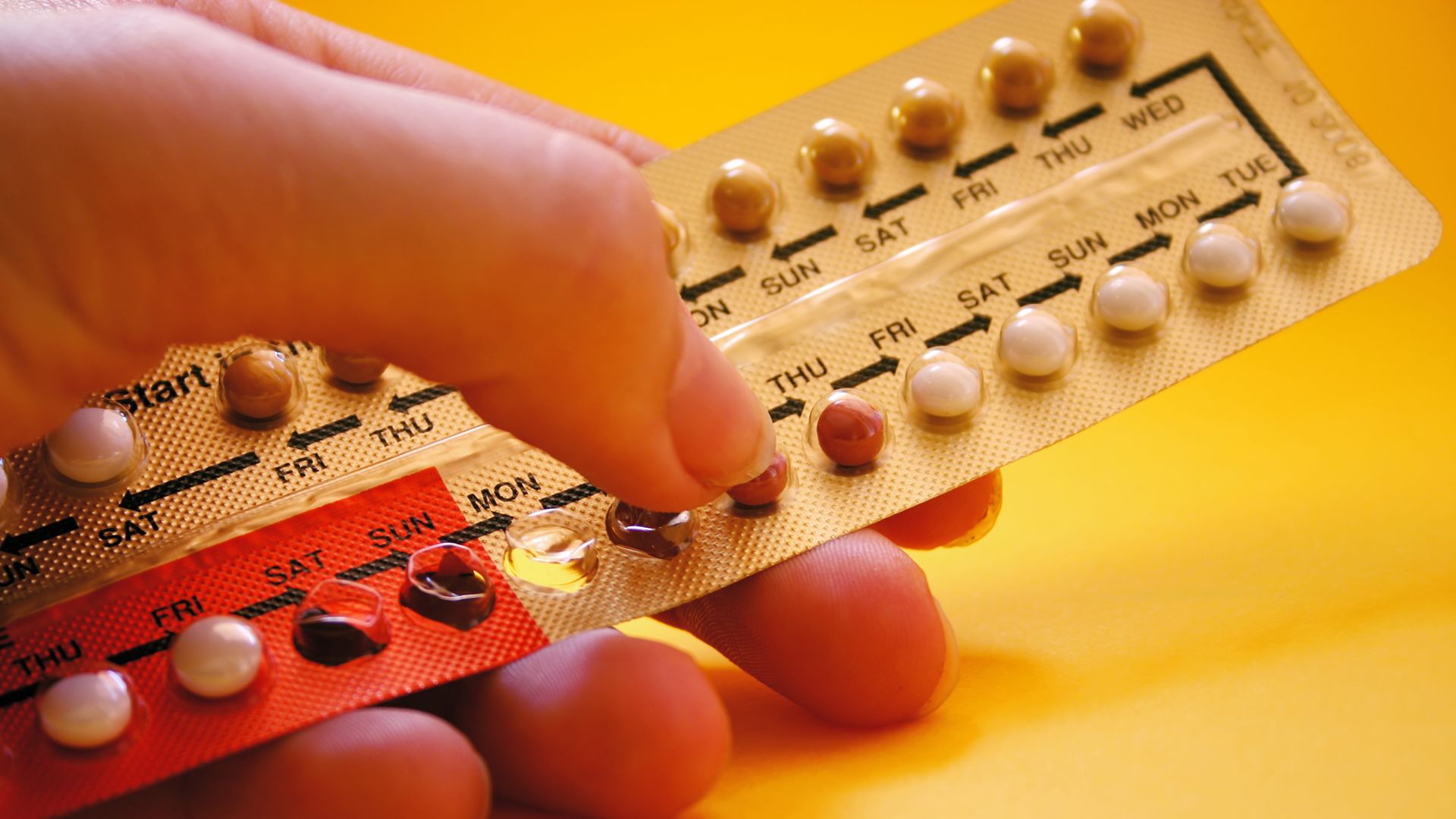Updated on May 9, 2023
Between 6 and 10 percent of women of reproductive age are living with endometriosis, according to the American College of Obstetricians and Gynecologists (ACOG). The condition occurs when the tissue that lines your uterus, called the endometrium, starts growing outside of your uterus. Patches of tissue may appear on:
- Your ovaries or fallopian tubes
- The outside of your uterus
- Your bladder or intestines
- In rare cases, other organs (e.g., lungs or brain)
Uterine tissue tends to bleed every month when you get your period, no matter where it is in your body. Without the vagina to escape through, the blood can irritate those areas, causing inflammation associated with swelling, scarring, and pain.
Risk factors for endometriosis include having a close relative with the condition, getting your period before age 11, menstrual cycles under 27 days, and long, heavy periods.
Symptoms of endometriosis
Pain is a major symptom of endometriosis, and there are different types of pain you might experience, including:
- Severe period cramps
- Back or pelvic pain
- “Deep” pain in your belly during or after sex
If uterine tissue grows on your intestines or bladder, you might also feel pain when you urinate or have a bowel movement, especially during your period.
Other symptoms can include:
- Difficult or bloody urination or bowel movements
- Bloating
- Exhaustion
- Heavy blood flow during your period or bleeding between periods
Bleeding between periods can also suggest other conditions, so tell an OBGYN if you’re experiencing this symptom, as well as any others.
Endometriosis can take an emotional toll and contribute to anxiety and depression. You may feel depressed if your symptoms keep you from enjoying life, cause you to miss work, or make it harder to get pregnant. If you’re struggling emotionally and need someone to talk to, reach out to a counselor or find support through the Endometriosis Association.
Don’t ignore the signs
The number of people with endometriosis may be higher than reported estimates due to the broad range of symptoms. Some symptoms may mimic other conditions, like irritable bowel syndrome (IBS) or premenstrual dysphoric disorder (PMDD). This makes correctly diagnosing it more challenging.
If you suspect that you have endometriosis, make an appointment with an OBGYN. No one should experience the pain in silence. Plus, the blood that builds up outside of your uterus can create other health problems, like the following.
- Endometrial cysts are sacs of fluid that form in your ovaries. An endometrial cyst can turn into a medical emergency if it suddenly breaks open, causing heavy internal bleeding. There is a small risk of cancer linked to having these cysts, according to ACOG.
- An adhesion is a type of scar tissue that binds organs together. Adhesions can form as your tissues heal after an episode of bleeding. Scar tissue may block off your intestines or make it harder to get pregnant.
- Infertility is a possibility, as endometriosis can cause difficulties conceiving.
If you’d like to start a family, ask an OGBYN about a treatment plan to increase your chances of getting pregnant. They may recommend:
- Hormone medications to help you ovulate, or produce an egg each month
- Laparoscopy to remove the patches of tissue caused by endometriosis
- In vitro fertilization (IVF), a procedure in which a sperm and an egg are joined in a dish and then planted in your uterus
Diagnosing endometriosis
The first step in diagnosing endometriosis is typically a pelvic exam. To do a pelvic exam, your healthcare provider (HCP) will feel for changes to your ovaries from inside your vagina using gloved, lubricated fingers. At the same time, they’ll gently press on your belly to feel for pockets of blood or scars from above.
Your HCP may also recommend a trans-vaginal ultrasound. To do a trans-vaginal ultrasound, they will place a wand-shaped instrument inside your vagina. The instrument uses sound waves to create images of your ovaries and uterus on a screen.
The only way to know for sure that you have endometriosis is to undergo a type of surgery called laparoscopy. For a laparoscopy, a surgeon will make small cuts on your belly, and then send a narrow tube with a camera on the end through the openings. The camera is used to get close-up views of affected tissue. Your surgeon can also remove samples of tissue, and then take a closer look at them under a microscope, called a biopsy.
How is endometriosis treated?
There’s no known cure for endometriosis, but medications can help ease your symptoms. It’s important to let your HCP know if you’re trying to get pregnant, as they will likely recommend different treatment options.
- Hormonal birth control: If you’re not trying to get pregnant, your HCP may recommend hormonal birth control to reduce the number of periods you have. This may include pills, injections, or an intrauterine device (IUD), a small plastic device that is inserted into the uterus to prevent pregnancy. While the IUD prevents pregnancy for up to seven years, it may not prevent endometriosis symptoms for that long.
- Gonadotropin releasing hormone agonist (GnRH): This medication blocks the production of hormones responsible for menstruation, ovulation, and endometriosis growth. If you are trying to get pregnant, your HCP may recommend GnRH medications. There is evidence that they lead to higher rates of successful pregnancies in people with endometriosis if they are taken and then stopped before assisted reproductive interventions such as IVF.
When medications don’t offer relief, some people opt for surgery to remove painful patches of tissue. If you undergo surgery, you may need to keep taking hormone medications afterwards to keep the tissues from growing back. If you’re in pain, other treatments fail to work, and you do not wish to have children in the future, a hysterectomy with bilateral salpingo-oophorectomy—the removal of your uterus, fallopian tubes, and both ovaries—is considered the definitive treatment.
Ways to lower your risk of endometriosis
There’s no way to prevent endometriosis, but you can lower your risk by:
- Exercising regularly: Working out at least three or four times a week and having less body fat can help lower your risk. That’s because body fat makes the hormone estrogen, and high levels of estrogen lead to heavier periods.
- Cutting down on caffeine and alcohol: Limiting these substances can be helpful as drinks containing them can raise estrogen levels.
Don’t let pain from endometriosis keep you from living your life. If you’re having symptoms, make an appointment with an OBGYN. They can confirm your diagnosis and help create a treatment plan that’s right for you.






